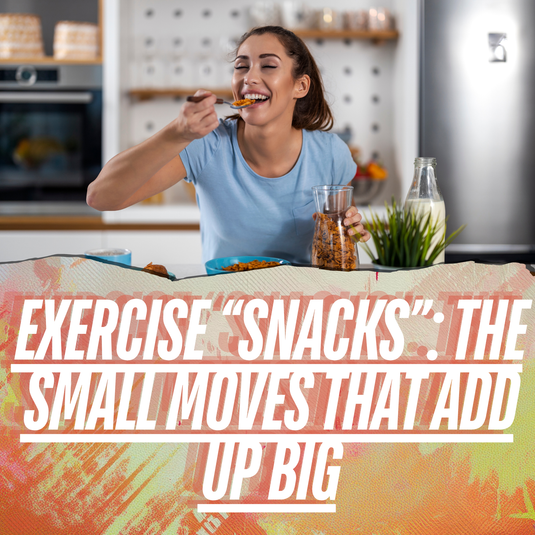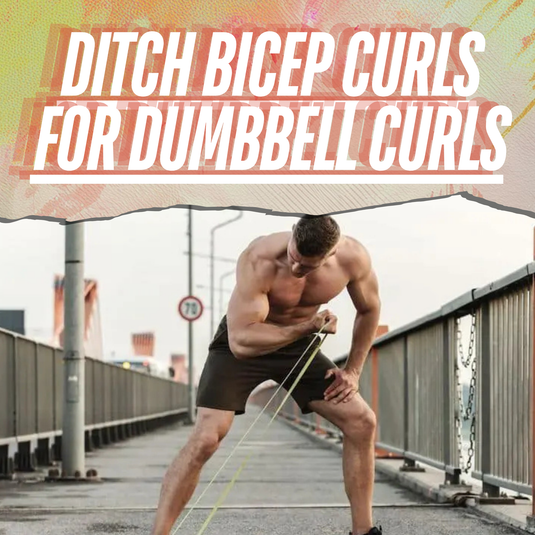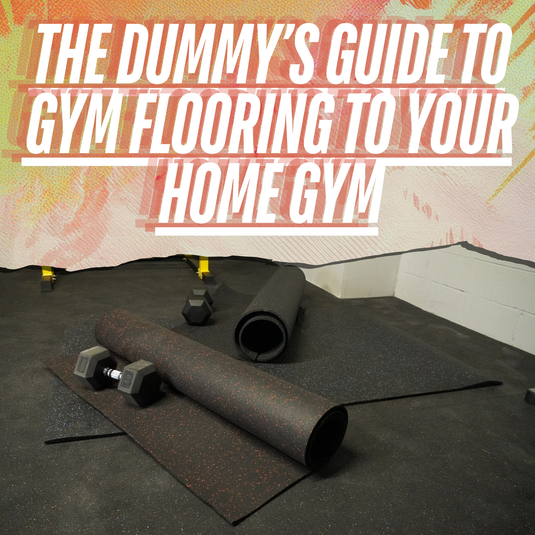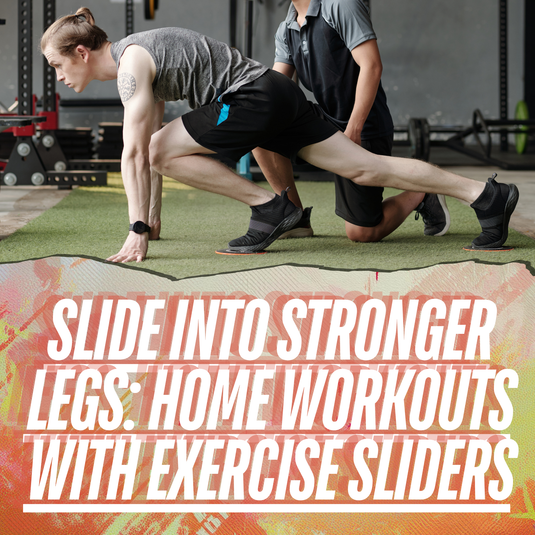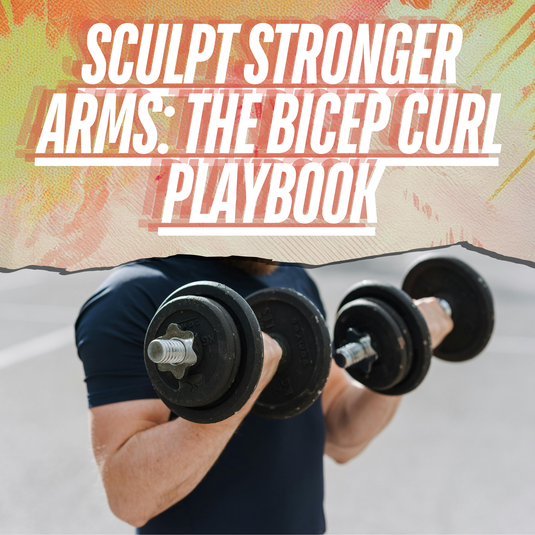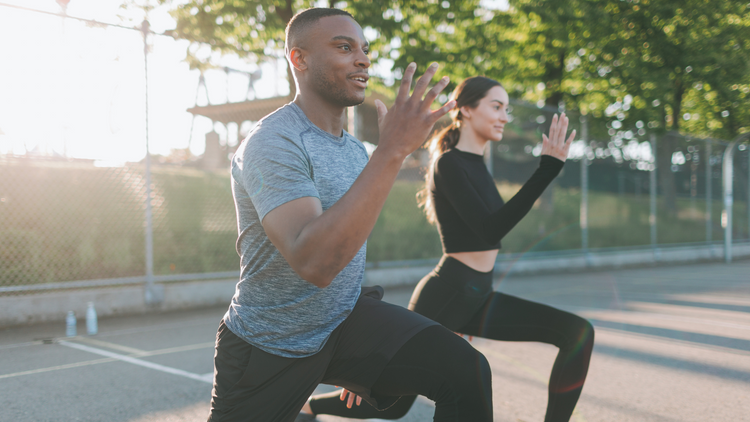Best Battle Rope: Expert Reviews & Tips
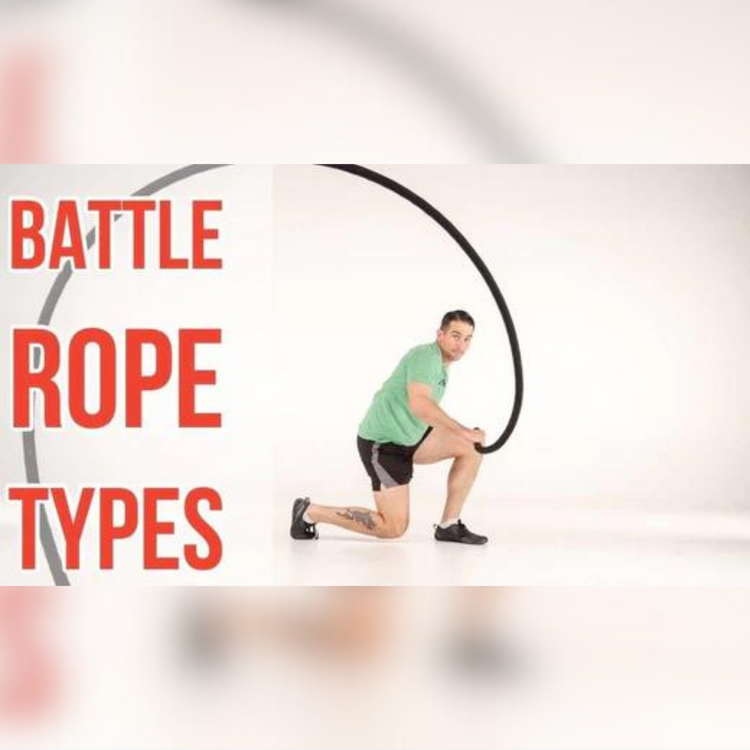
⏱️ Estimated Read Time: 6 minutes
🧠 TL;DR
- Best Battle Rope: Expert Reviews & Tips offers effective, accessible movements for targeted results.
- This guide is designed to help you move smarter, build strength, and stay consistent.
✍️ Summary
This post explores best battle rope: expert reviews & tips in a way that’s actionable and easy to follow. Whether you're new to this style of training or leveling up, it includes practical takeaways for your routine.
📚 Table of Contents
All ropes are 50 feet in length, which is the best length for improved frequency, physics, and dynamic movement capacity (if you need a shorter rope because of space, you can always tie off your rope at shorter length, but you cannot make a short rope longer).
Most battle ropes are made out of poly dacron fibers, which are very strong, durable, and moderate weight for their size and tensile strength.
Here are some fibers used to make battle ropes
-
Fiber Type
-
Strengths
-
Weaknesses
-
Poly Dacron
Strong, Durable, Moderate Weight, Most Common, Easily twisted and braided
Not good if exposed to outside surfaces such as sand, bark, dirt, asphalt, and rough cement (like sidewalks and driveways)
-
Nylon
- Strong, Durable
Expensive, Heavy, Not good if exposed to outside surfaces such as sand, bark, dirt, asphalt, and rough cement (like sidewalks and driveways)
-
Manila/Hemp
- Inexpensive
Not as strong, not as durable (sheds), Not good if exposed to outside surfaces such as sand, bark, dirt, asphalt, and rough cement (like sidewalks and driveways)
-
Polyethylene
- Great for outdoor use, except on rough cement
Sheds a waxy/plastic fiber with indoor use, Not good if exposed to surfaces such as asphalt, and rough cement (like sidewalks and driveways)
Other Synthetic Fibers
- Not Common
- Not Common
- Canvas Covering
Great to protect above rope fibers if you are using them on outside surfaces
Adds a bit more weight and material
Need new ropes? View battle ropes here!
Two types of rope making: Triple Strand Twist and Braided
The triple stranded twist is the most common style of rope making, as it is cheaper and faster than braiding a rope. The downfall, is that if your rope begins to untwist it is nearly impossible to twist it back to its original shape and length. This poses a big issue, if you are attempting any cyclonic or circular style of exercises: i.e. full body circles, triple wrapped rope pulling, or outside circles.
The braided rope is another method of making a rope, and it creates equal forces directing down the length of the rope when creating waves, circles, static engagement, and rope pulling exercises. It also is more durable. The only issue, is when performing circular waves, you will feel the rope wanting to twist inside of your hands. This is part of the tension that is being “held” by the rope. It will not twist the rope, so therefor your grip has to fight to keep the circles going.
Living.Fit have witnessed the shortfalls in the battle rope production, so we ordered over 30 ropes from 5 different manufacturers to find the very best battle rope. We made our choice after hours of testing and many uses of each rope.
For indoor use, we selected the poly-dacron braided rope.
For outdoor use, we selected the poly-dacron triple strand twist with a canvas covering.
Each rope is manufactured with over 20 key specifications to keep the quality high, as well as three different thicknesses for your continued progressive overload training.
- 1 ½ inch thick starter battle ropes (this size has humbled the strongest men and women in gyms around the world)
- 2 inch thick battle ropes for 50% extra mass and more than double the effort needed to send the waves all the way to the anchor.
- 3 inch thick ropes for double the mass, and an insane amount of effort needed to send the waves all the way to the anchor.
Want more guidance? Check out our Weekly Dumbbell Workout #1.
📝 FAQs
How often should I do these exercises? +
2–3 times per week is a good starting point for most people.
Do I need equipment? +
Many of these can be done with just your bodyweight or a single kettlebell or dumbbell.
Can beginners do these routines? +
Yes! These movements are designed to scale with your fitness level.


